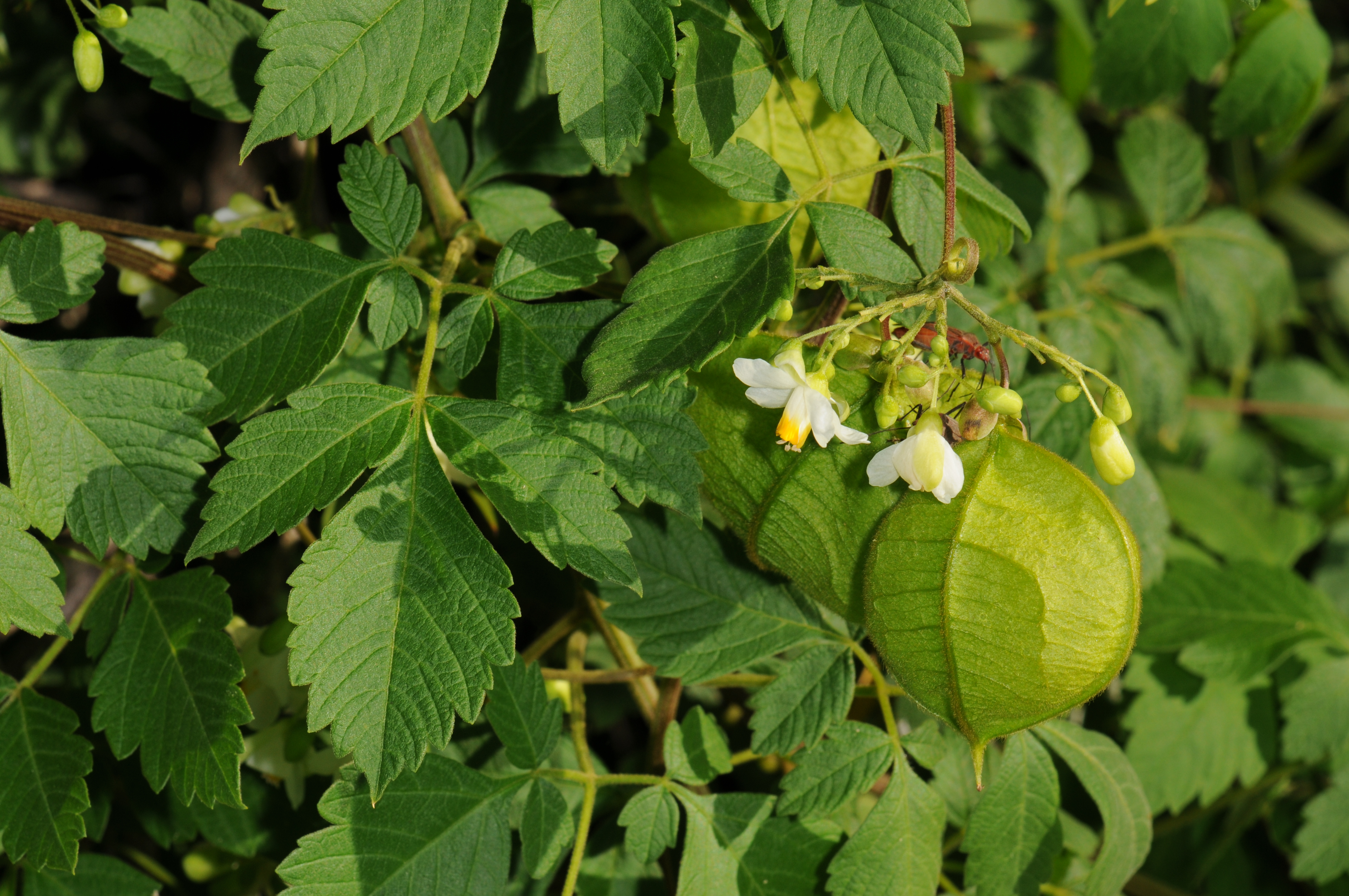Balloon vine
Balloon vine (Cardiospermum grandiflorum) is a scrambling, perennial, woody vine native to South America, which was originally introduced to Australia as an ornamental.
This sub-project focused on the rust fungus Puccinia arechavaletae, which originated from South America and was found to only infect plants in the Cardiospermum genus during host-specificity testing performed in quarantine in South Africa and New Zealand. It was released in the Cook Islands in December 2017, where there are no other Cardiospermum species, and it has already been observed to cause significant damage on balloon vine. As part of this sub-project, additional host-specificity testing with this fungus.
These results were discussed with other biocontrol researchers and it was concluded that it would be highly unlikely to obtain permission to introduce this rust fungus in Australia, should an application to release be submitted to the authorities. A decision was made to discontinue further testing with this candidate biocontrol agent.
Gavin Hunter of CSIRO was the leader of this sub-project.
For further information on this project, please visit the sub-page: https://research.csiro.au/weed-biocontrol/balloonvine/

Foliage, flowers and fruits of balloon vine (Photo: John Hosking).


